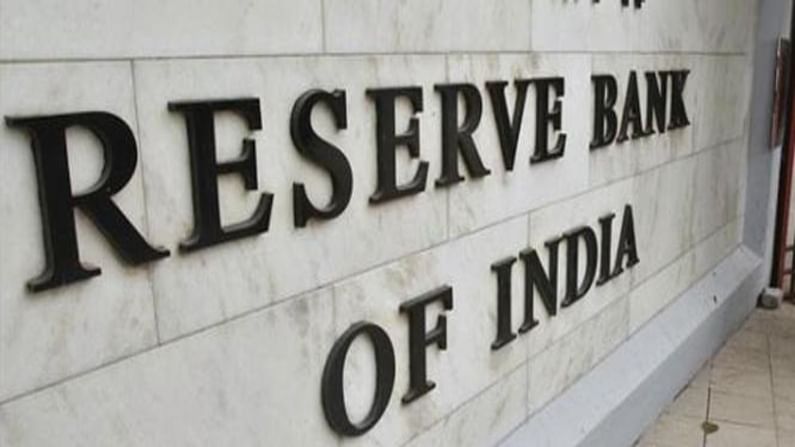RBI issues new 10-year bond at 6.10%
However, the market was expecting the cut-off to be in the range of 6.05-6.08%

The Reserve Bank of India (RBI) issued the new benchmark government bond, maturing in 2031, at a yield of 6.10%, a premium of 25 basis points compared to the previous one issued in December 2020 at 5.85%. The market was expecting the cut-off to be in the range of 6.05-6.08%.
The auction on July 9 saw tranches of two existing bonds being re-issued. The RBI issued Rs 14,000 crore of the new benchmark, followed by Rs 3,000 crore of the 4.26 GS 2023, along with Rs 9,000 crore of the 6.76% GS 2061. Following this, the yields on existing benchmark bonds surged from 6.16% to 6.19%, while the previous benchmark has been trading in the secondary market at 6.18%.
Government borrowing
In FY22, the central government has so far raised Rs 3.78 lakh crore, which stands at 31.4% of the total budgeted borrowing limit of Rs 12.05 lakh crore. The Centre’s borrowing for the corresponding period last year was 8.5% higher than what it is now.
Governor Shaktikanta Das had earlier indicated that RBI closely monitors all other tenors like the 5- and 14-year-old bonds, and not just the 10-year one. The trajectory of the yield curve from this point will be interesting to note.
On July 5, the Government announced that a new benchmark gilt would be introduced. The new benchmark bond issued at a higher yield is indicative of the RBI’s willingness to accept the increased level.
The RBI also announced that all states would collectively borrow nearly Rs 1.9 lakh crore in the quarter ending September 30, which is a surplus of Rs 20,000 crore as compared to what was announced earlier. Bond dealers are of the opinion that this extra amount of borrowing could exert extra pressure on yields in the months to come.